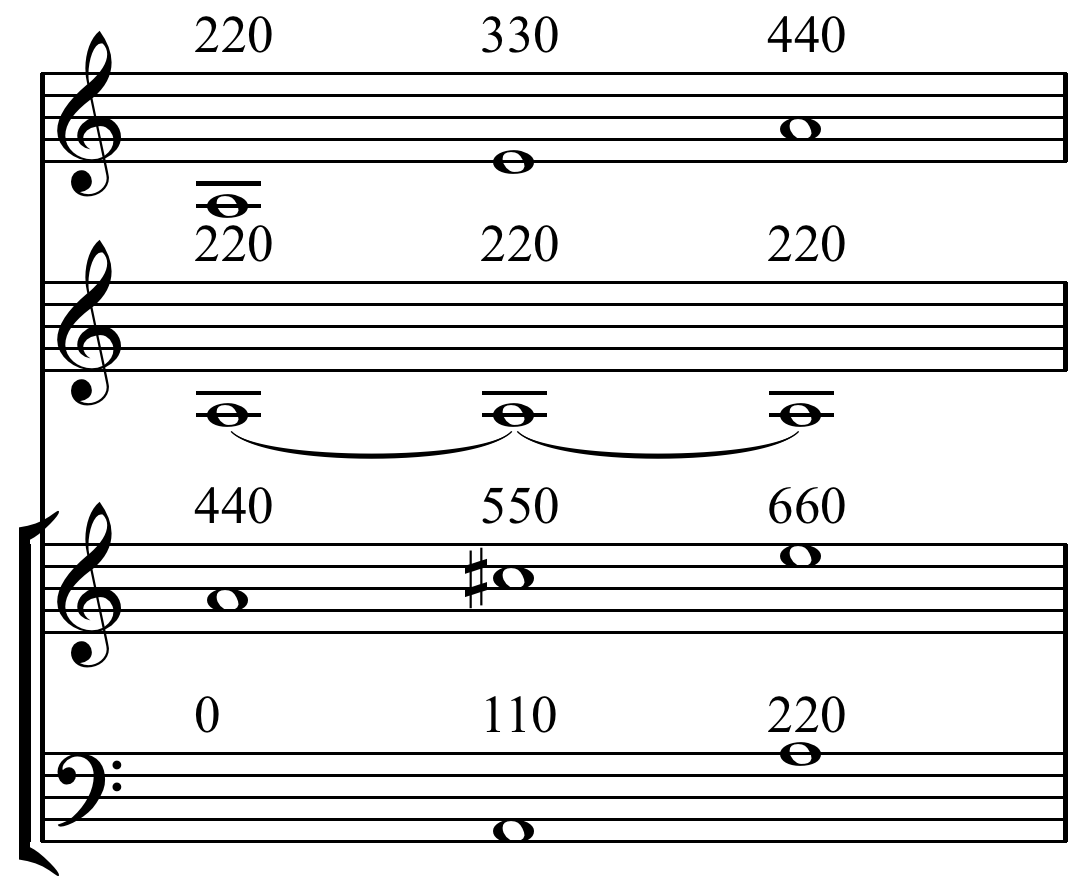This video about harmonics is well worth watching if you've not thought about harmonics and how important they are in music,
and if you already have it's still worth a few minutes of your time.
https://youtu.be/Wx_kugSemfY The most mind-blowing concept in music (Harmonic Series) by Andrew Huang
and if you already have it's still worth a few minutes of your time.
https://youtu.be/Wx_kugSemfY The most mind-blowing concept in music (Harmonic Series) by Andrew Huang



Comment